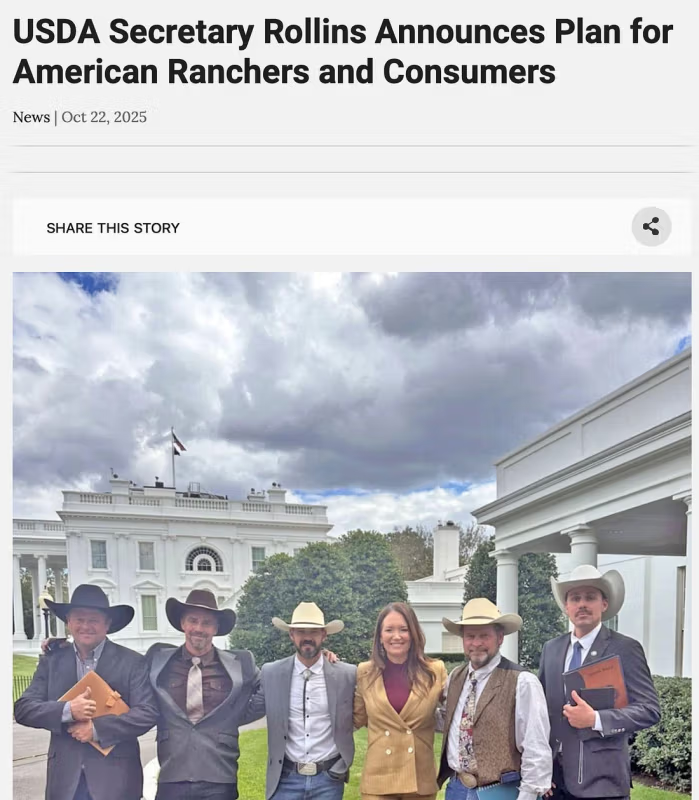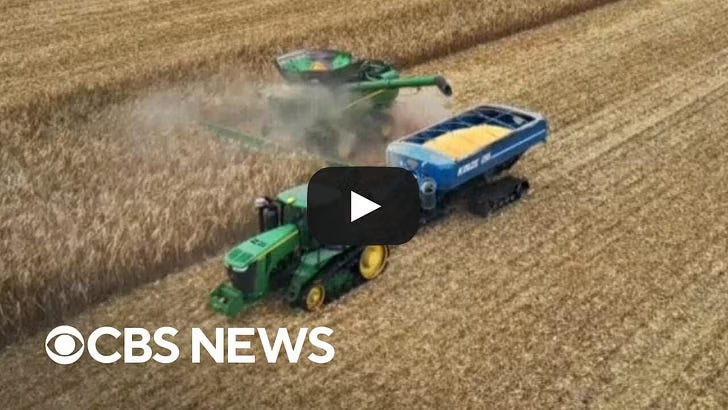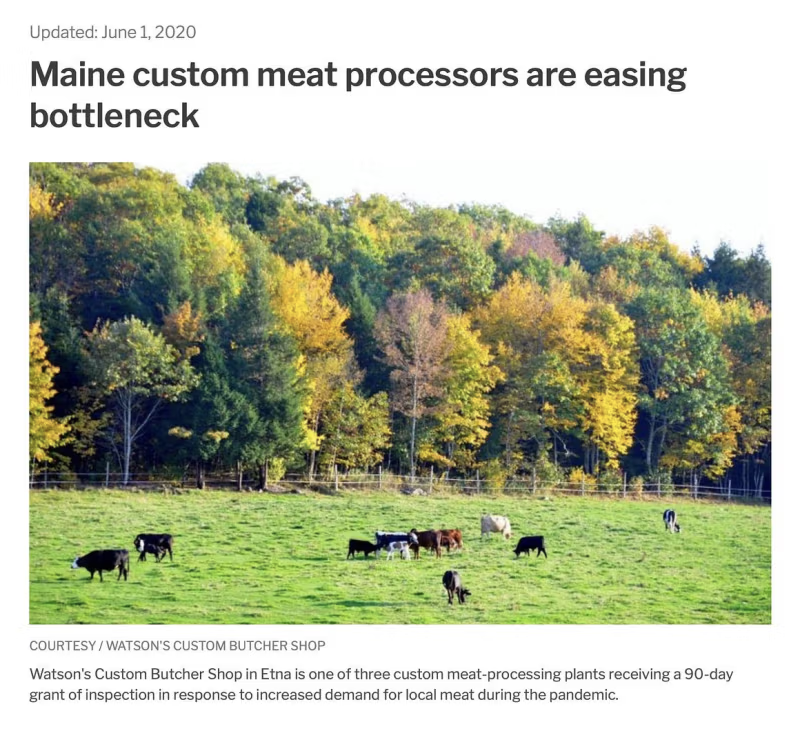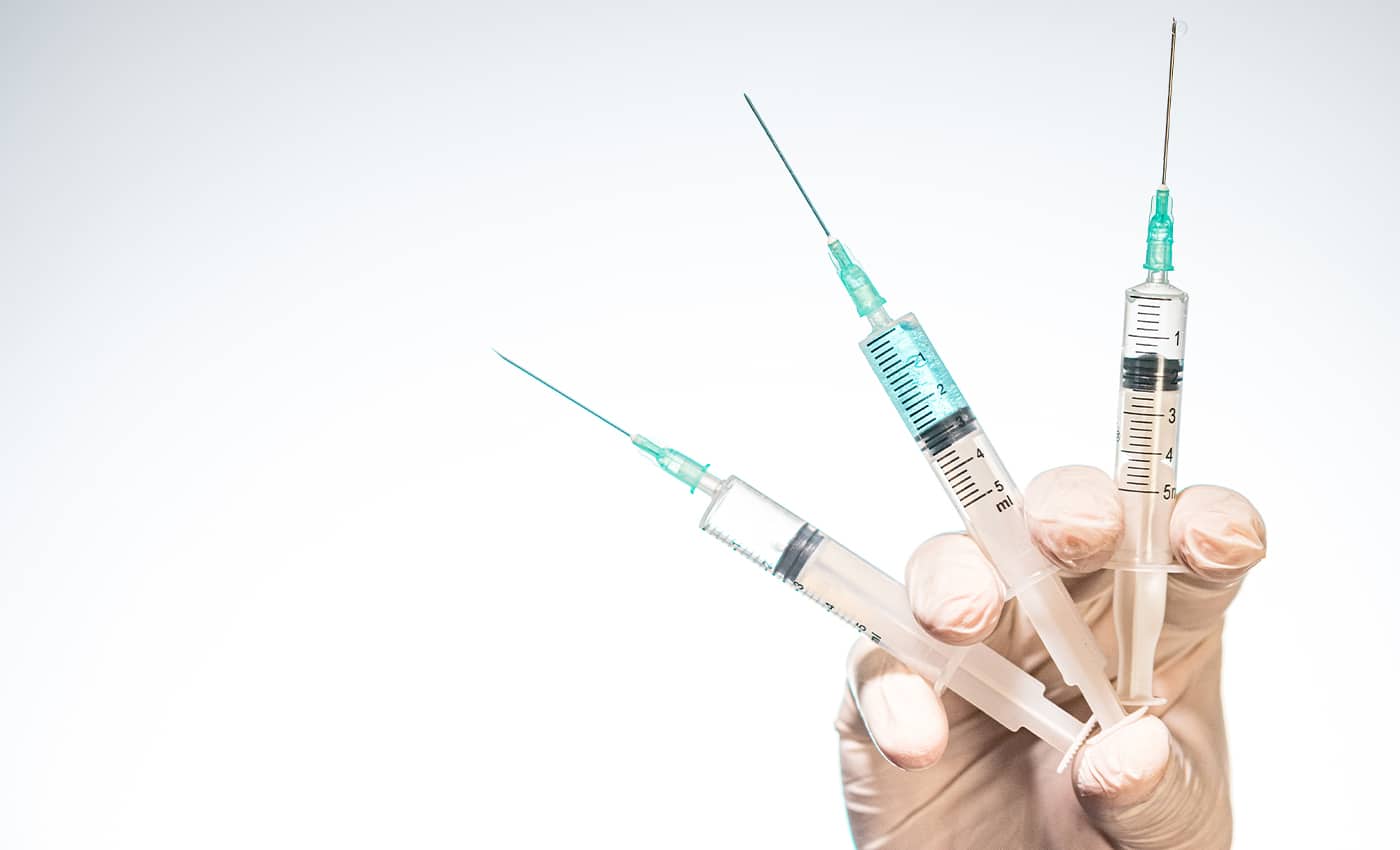My next post will be a slide deck on the meat industry that I put together months ago but had not used until now.

(Washington, D.C., October 22, 2025) – Today, US Secretary of Agriculture Brooke L. Rollins, Secretary of the Interior Doug Burgum, Secretary of Health and Human Services Robert F. Kennedy, Jr., and Small Business Administrator Kelly Loeffler announced a suite of actions to strengthen the American beef industry, reinforcing and prioritizing the American rancher’s critical role in the national security of the United States. Since 2017, the United States has lost over 17% of family farms (I think it is 8-9% of all farms—Nass), more than 100,000 operations over the last decade (160,000 farms from 2017-2024 according to USDA figures—Nass). The national herd is at a 75-year low while consumer demand for beef has grown 9% over the past decade.Because increasing the size of the domestic herd takes time, the US Department of Agriculture (USDA) is investing now to make these markets less volatile for ranchers over the long term and more affordable for consumers. (Investing in what?—Nass). “America’s food supply chain is a national security priority for the Trump administration. We are committed to ensuring the American people have an affordable source of protein and that America’s ranchers have a strong economic environment where they can continue to operate for generations to come,” said Secretary Brooke Rollins.
“At USDA we are protecting our beef industry and incentivizing new ranchers to take up the noble vocation of ranching. Today, USDA will immediately expedite deregulatory reforms, boost processing capacity, including getting more locally raised beef into schools, and working across the government to fix longstanding common-sense barriers for ranchers like outdated grazing restrictions.” “At Interior, the Department is slashing red tape and restoring grazing access on public lands to support the livelihoods of hardworking Americans in the ranching industry,” said Secretary of the Interior Doug Burgum….
Below, we hear how bad it is for farmers:

What to do? Here is the easiest and quickest solution:
Expand local meat processing. There is a meat slaughter and processing bottleneck in the US, which has been present for 10 years. Only meat slaughtered in a USDA-inspected plant can be sold across state lines. But there are not enough facilities and not enough inspectors.
USDA has put hundreds of millions of taxpayer dollars into expanding huge meat processing facilities or building new ones, while its regulations have led to the shutdown of more than a thousand small processing plants. Only one of the new facilities taxpayers helped pay for is east of the Mississippi, where most Americans live. So the processing bottleneck for most Americans will not be solved despite these considerable investments.
By relaxing USDA regulations and allowing the states to use their own inspectors to inspect “custom” meat processing facilities (which are currently not allowed to sell meat but only process it for personal use), this bottleneck could be eased quickly. This was done in Maine during the first year of the pandemic to alleviate meat shortages.

This is essentially what is called for in Thomas Massie’s PRIME Act HR4700.

Republished from the author’s Substack







